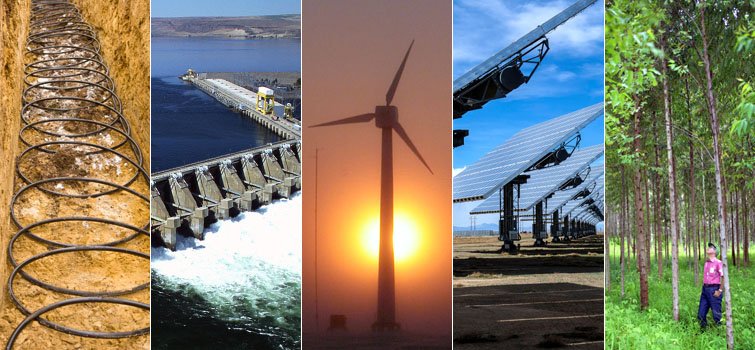Distributed Energy Resources
Distributed Energy Resources (DERs) are defined as smaller scale generation units that are located on the consumer’s side of the meter. In practice, DERs are intended to not only generate the energy to meet the capacity needs of the premise on which it is located, but to reduce that location’s reliance on energy supplied through the single energy source – such as a power plant or purchased transmission. By diversifying where we obtain our energy we can alleviate strain on antiquated systems and increase our reliance on renewable generation sources.

The power generated by DERs can also benefit other customers and the grid, as it can be circulated on lower voltage distribution lines to help support the delivery and availability of renewable power to other customers in a more reliable fashion that reduces electricity losses which commonly occurs during energy transfers along longer transmission and distribution lines.
DER technologies often come in the form of renewable energy sources such as solar panels, wind turbines, geothermal, biomass and hydropower. These generation methods are often complimentary to other solutions such as energy storage and demand response, where excess generation is stored for later or utilized to curb peak demands.